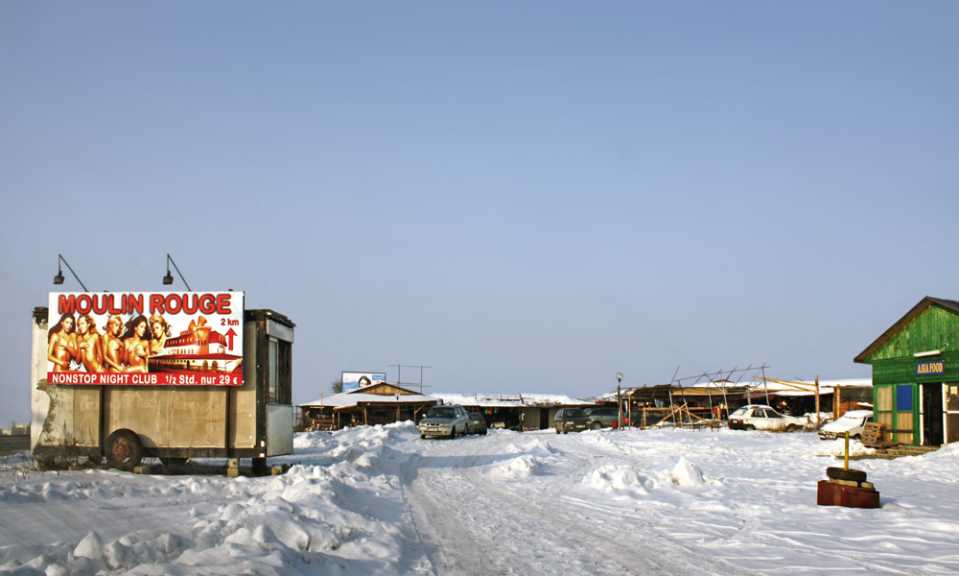
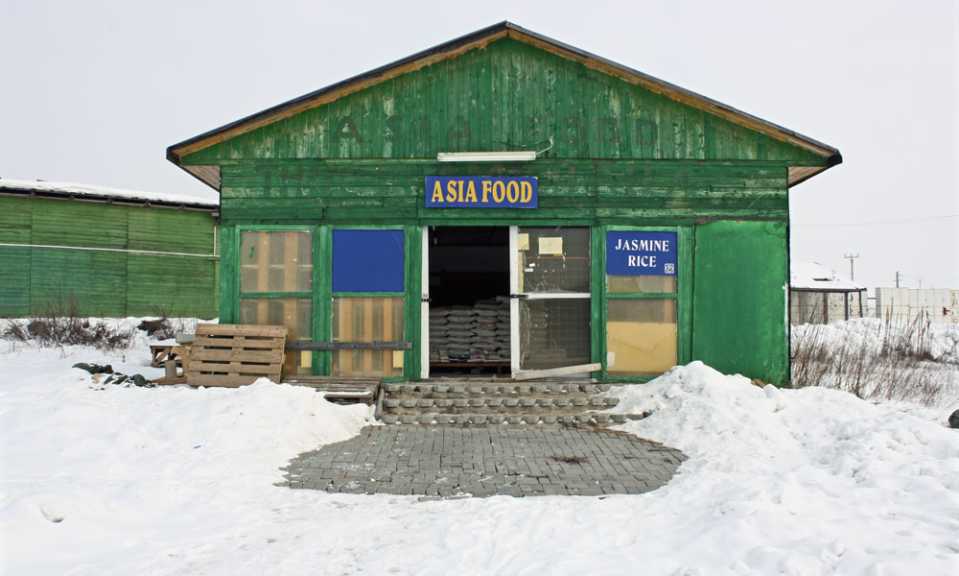
Map of Czech-Austrian border at Chvalovice, 1989-2004
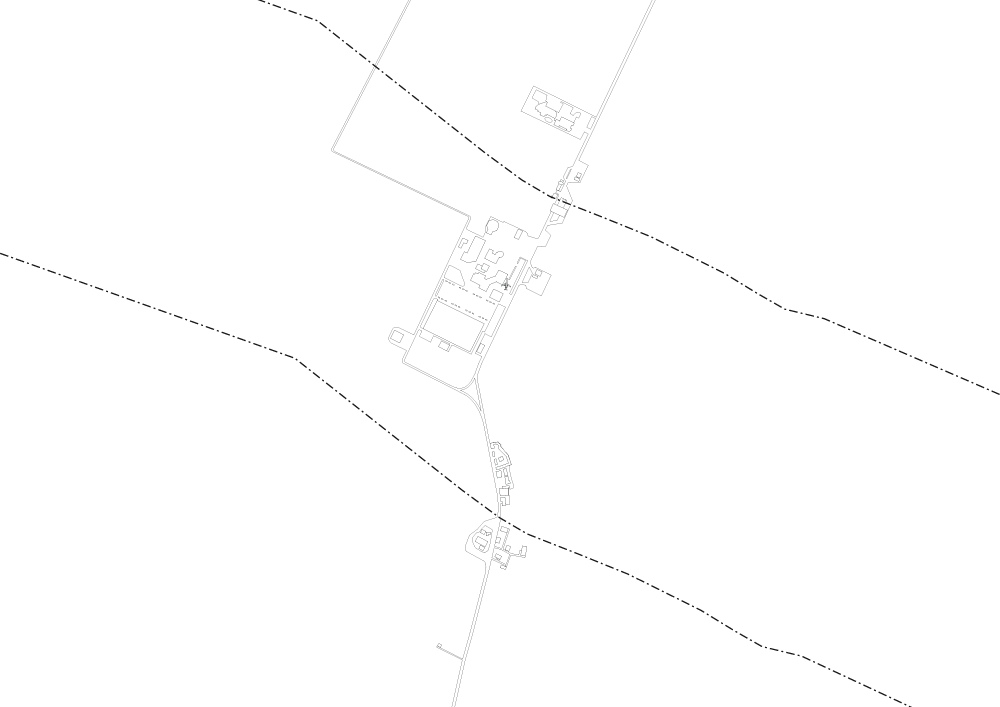
Map of Czech-Austrian border at Chvalovice, 1946-1989
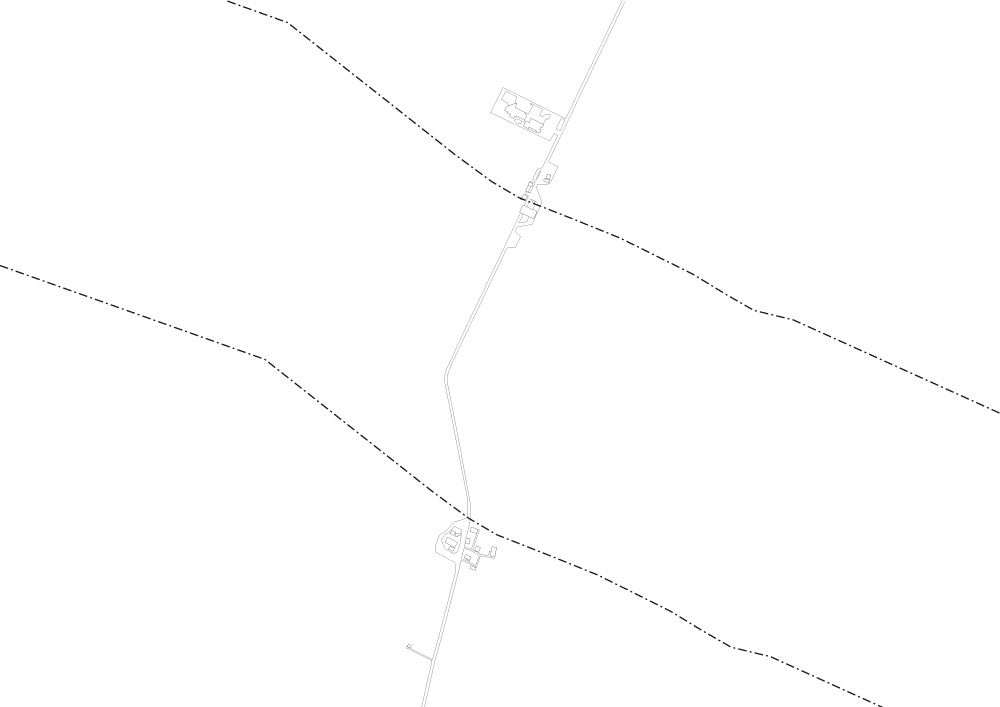
Veteran vans used as storage spaces
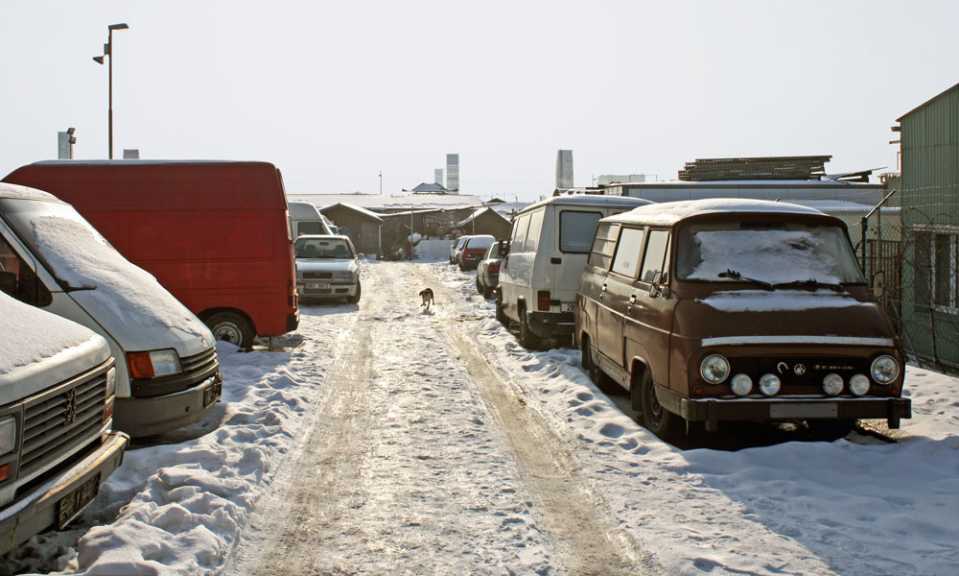
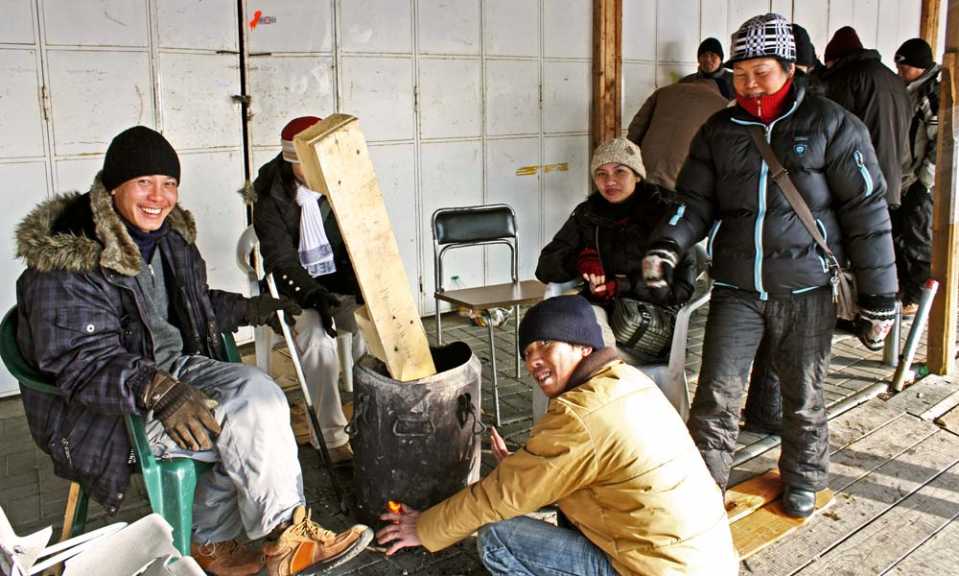
Workers at the Vietnamese markets
TV lounge at the Vietnamese market
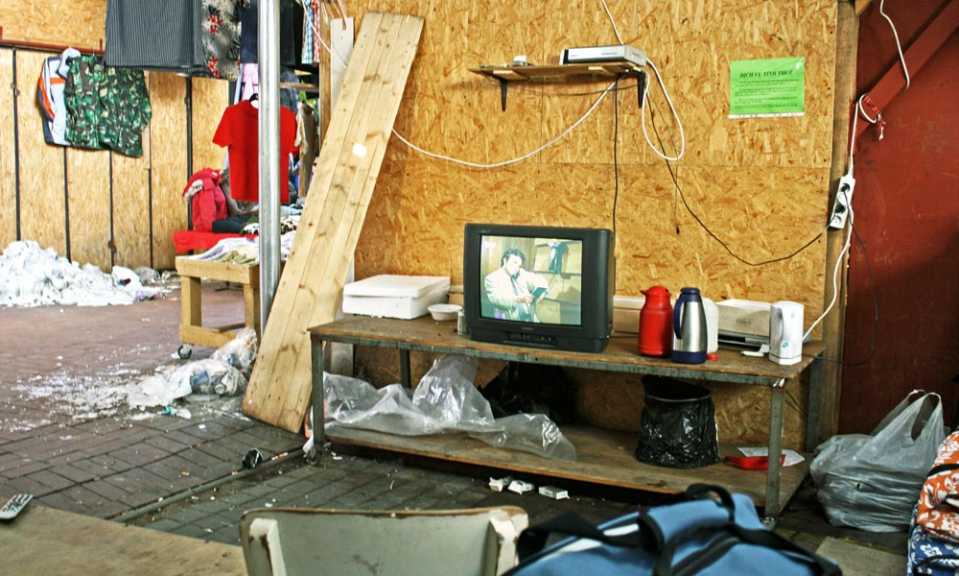
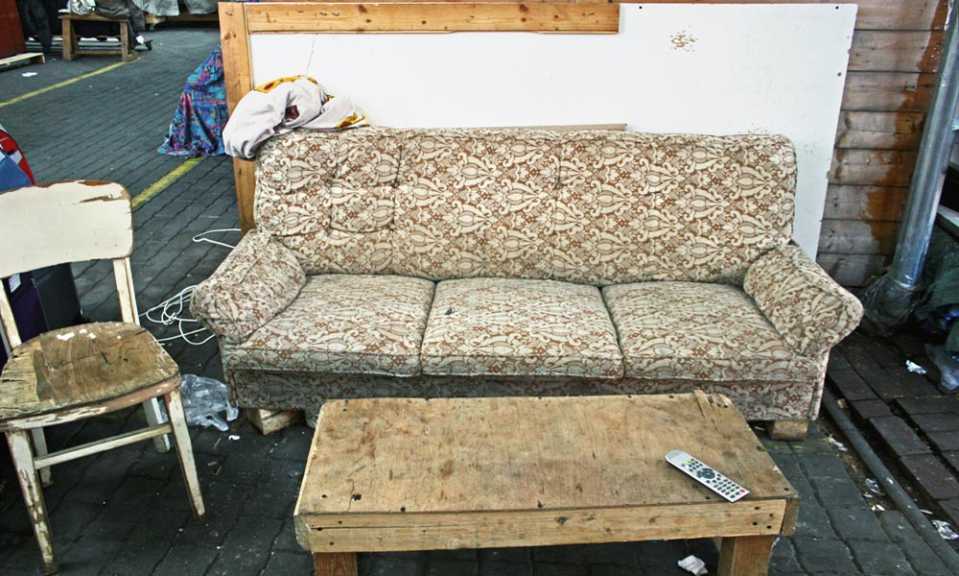
Diagram of border crossing modalities: 1946-1989, 1989-2004, 2004-
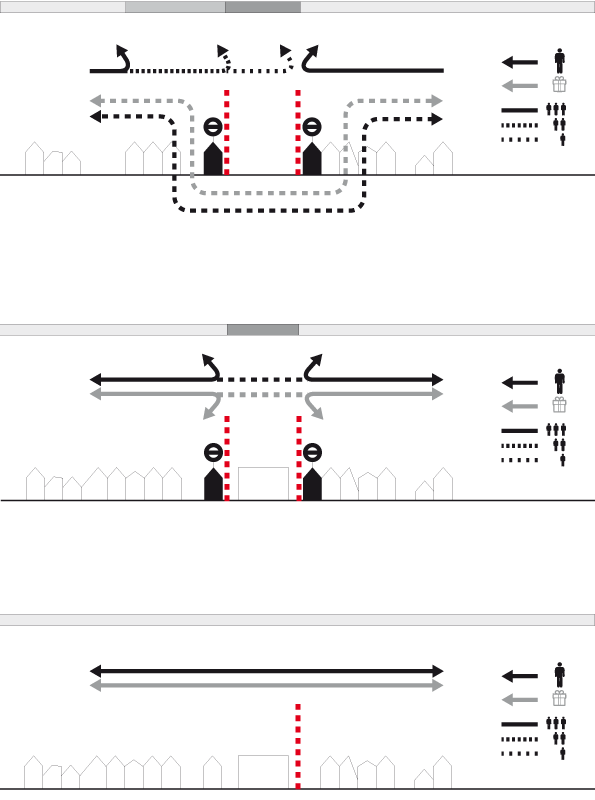
Roadside trade
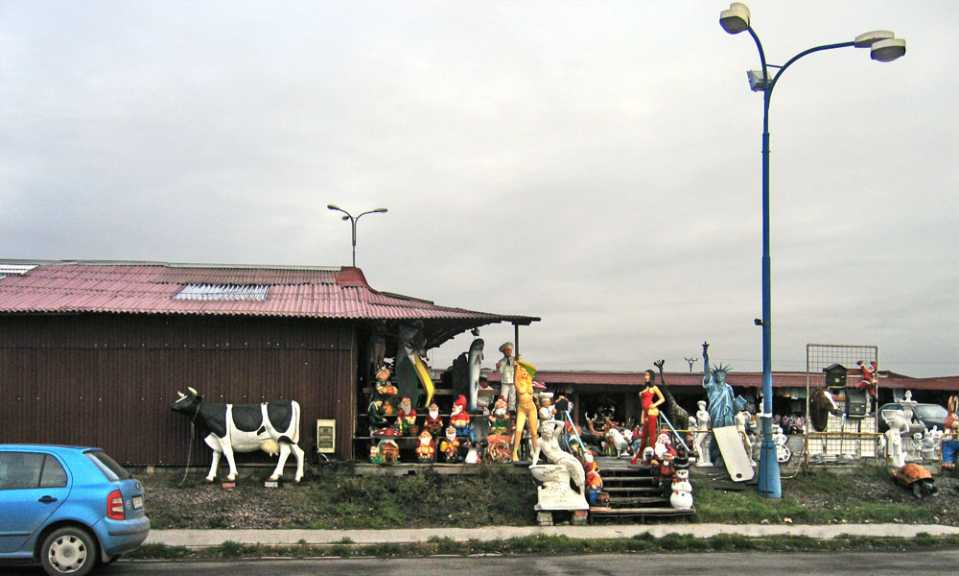
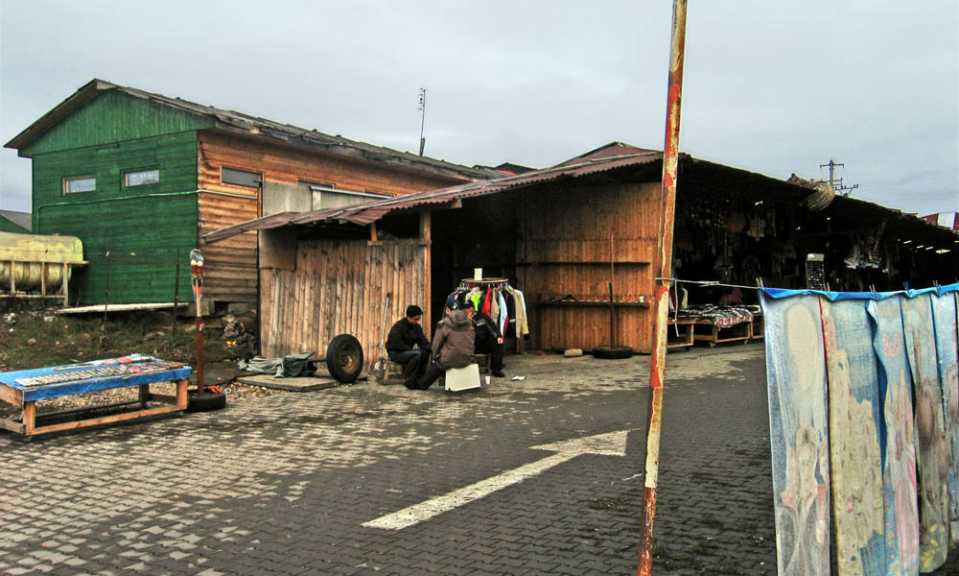
Migration of trade activities
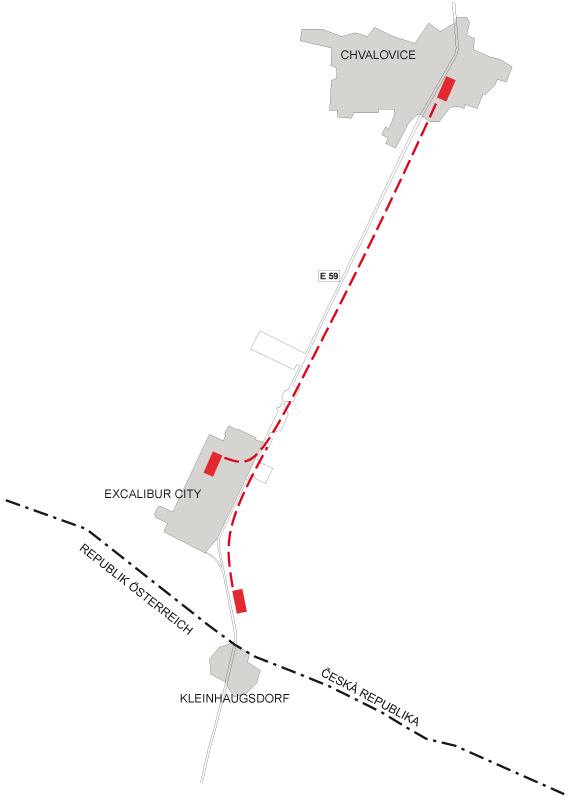
Excalibur City
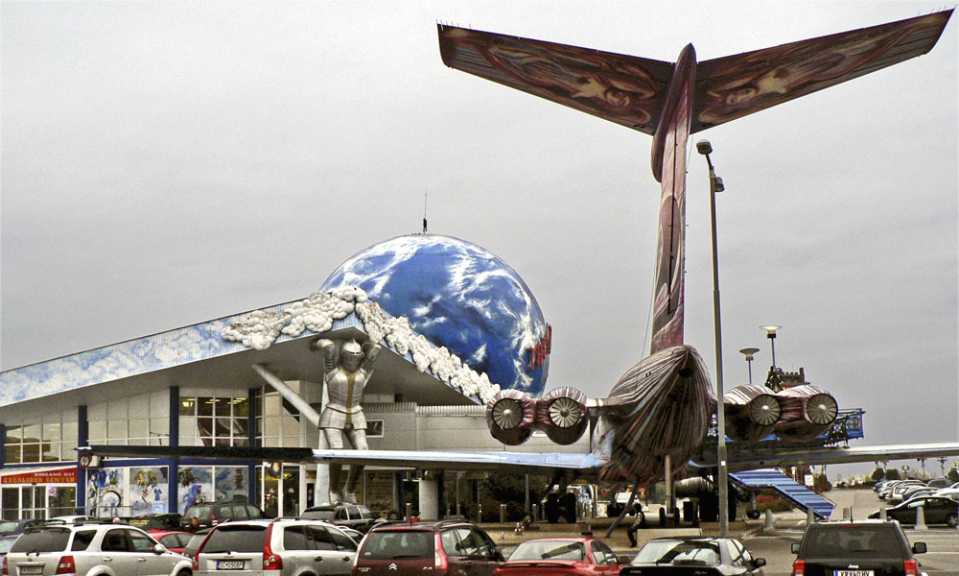
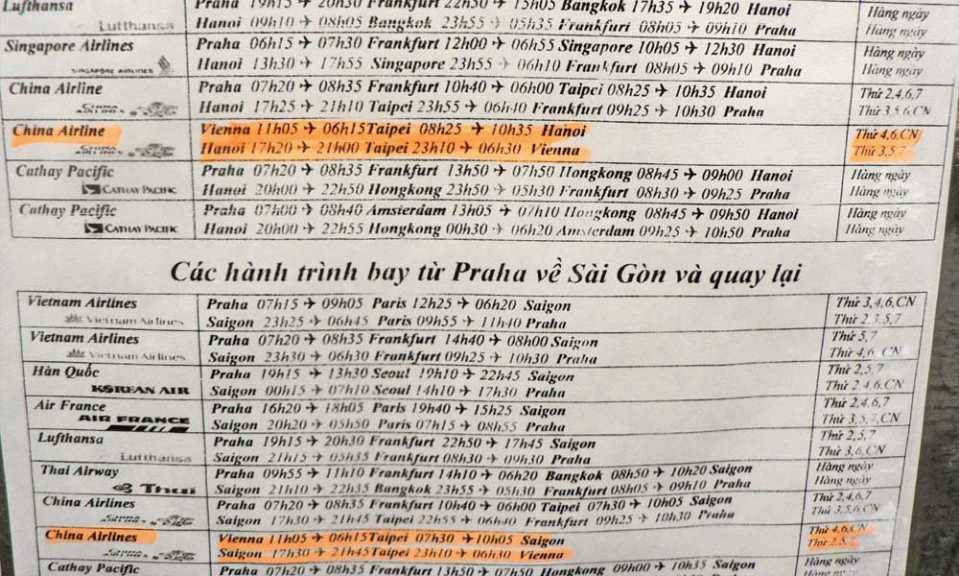
INFORMAL STREET TRADE AS A BORDER PHENOMENON
After WW II a heated political conflict arose between the USSR and its satellite states, the so-called Eastern Bloc, and the powers of the Western world, primarily the United States and its allies. A conflict of military tension, proxy wars and economic competition that would continue for the next 25 years, varying between periods of relative calm and high international tension. As part of the Eastern Bloc, Czechoslovakia shared an insurmountable 574 km border with Austria. After WW II, existing border crossings were either shut down or protected by massive security measures, formerly daily used footpaths and smaller crossings were made impassable and the border heavily fortified.
In 1950, a 2 km wide strip of borderland on the Czechoslovakian side was declared a restricted military area and was only to be entered by military personnel. The rare entry and customs checks took place behind this strip of empty land. Existing settlements were destroyed and any tracks of former settlements covered. Adjoining this restricted military area was a strip of land, up to 12 km wide, only accessible and inhabitable to citizens with special permission. On the Austrian side, most border controls were relocated further inland and despite the possibility of settling all the way to the border the immediate border zone was mostly waste land. The cross-border movement of goods and people was almost completely suppressed and attempted illegal border crossings severely punished. The border developed from a single line into a strip along the Austrian and German border measuring several kilometres in width.
After the Collapse of the Iron Curtain, starting June 1989 with the Hungarian border, the nature of the border as this mentioned strip turned out to be crucial for further economic and social development of the adjoining areas. The opening of the border allowed for a bidirectional border crossing as well as the exchange of goods under certain customs restrictions. The unique situation along the Czechoslovakian border allowed the development of duty-free shops set in between two customs posts enabling the sale of goods exempt from taxation for a fraction of the Austrian price level. The first duty-free Shop, named “Excalibur City”, opened in 1992 on the grounds of former Haté, one of the villages demolished during the clearance of the border area. The economically exceptional position led to massive profits during a time when administrative competences along the border were unclear, allowing for a constant expansion of “Excalibur City”. During the first years the annual business volume added up to €18 million, achieved mostly through the sale of highly taxed goods such as cigarettes and alcohol.
read more...
read more...
read more...
read more...
read more...
read more...
read more...
read more...
read more...
read more...
read more...
read more...
read more...
read more...